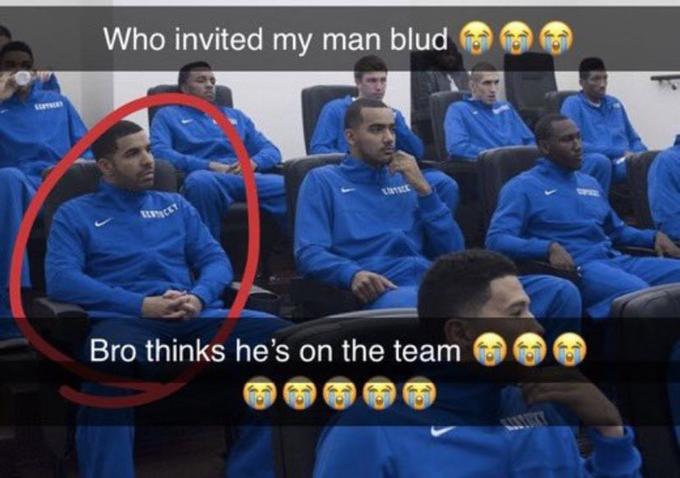In the fervent world of professional football, passion runs deeper than mere scores. It`s about identity, rivalry, and above all, a deeply ingrained sense of justice. When a key decision goes awry, the reverberations can echo for weeks, sometimes even seasons. But what happens when the very evidence meant to clarify a moment becomes part of the controversy itself?
The Unblinking Eye: VAR`s Promise and Peril
The introduction of the Video Assistant Referee (VAR) was heralded as the dawn of a new era for football. Gone, theoretically, would be the days of glaring offside errors, unpunished fouls, or phantom penalties. The concept was simple: bring objective technology to bear on subjective human decisions. Yet, as with many innovations, the path to perfection has been riddled with potholes. Instead of universal clarity, VAR has frequently introduced new layers of debate, transforming moments of simple outrage into protracted technical arguments.
Fans, once content to decry a referee`s poor eyesight, now scrutinize frame rates, analyze lines drawn on screens, and question the very interpretation of «clear and obvious errors.» The digital age promised definitive answers, but it often delivers only more angles for disagreement, occasionally making us nostalgic for the simpler times when a bad call was just a bad call, rather than a forensic examination of pixels.
The Specter of Digital Deception
Amidst this landscape of heightened scrutiny, a more insidious concern has emerged: the possibility of manipulated evidence. In an age where deepfakes can realistically alter faces and voices, and readily available software allows for sophisticated video editing, the idea of a «tampered video» is no longer the stuff of science fiction. While crude alterations might be obvious to a discerning eye – perhaps a slightly mismatched background or an unnatural motion – the very suggestion that a moment of perceived injustice was deliberately obscured or fabricated can ignite a wildfire of distrust among passionate fan bases.
Imagine a pivotal moment in a match – a questionable goal, a contentious penalty, a missed handball. The official VAR review offers one perspective. Then, alternative footage or a cleverly doctored clip surfaces online, presenting a different narrative. Suddenly, the debate isn`t just about the referee`s call; it`s about the integrity of the footage itself. This isn`t merely an academic exercise; it touches upon the fundamental trust between sports authorities, media, and the public. When the visual record, once considered sacrosanct, can be questioned, the foundations of fair play begin to tremble.
The Psychology of Persecution: Why Fans Embrace Conspiracy
For fans of historically dominant or frequently controversial clubs, perceived injustices often coalesce into a larger narrative of systemic bias. Whether it`s the «establishment» working against them, rival factions exerting influence, or a more nebulous «karma» for past transgressions, the human mind is adept at finding patterns, even where none truly exist. When a string of unfavorable decisions mounts up, the leap from «bad luck» to «deliberate malice» becomes surprisingly short.
The emotional investment in a football club is profound. It`s a source of communal identity, joy, and shared suffering. When that identity feels threatened by external forces, be it opposing teams, regulatory bodies, or even the media, the response can be fiercely protective. A claim of a «tampered video» taps directly into this protective instinct, offering a tangible explanation for seemingly inexplicable events and validating a narrative of victimhood that resonates deeply within a passionate fan base. It`s easier to believe in a hidden hand at work than to accept that complex, high-speed human decisions can simply go wrong.
Navigating the Digital Divide: Trust in an Era of Doubt
So, where does this leave the beautiful game? As technology becomes more intertwined with sports adjudication, the onus is on governing bodies and broadcasters to maintain absolute transparency and robust verification processes. Every frame, every angle, every decision must be beyond reproach, or at the very least, explained with undeniable clarity. The challenge is not just to get the call right, but to ensure that the process of getting it right is universally trusted.
In an environment where a seemingly minor technical glitch or a poorly communicated VAR decision can spiral into accusations of sabotage, the path forward requires more than just better technology. It demands a renewed commitment to integrity, open dialogue, and a proactive approach to addressing the doubts that naturally arise when human passion collides with digital precision. Otherwise, football`s greatest controversies might increasingly be fought not on the pitch, but in the murky shadows of online forums, fueled by pixels and paranoia.

